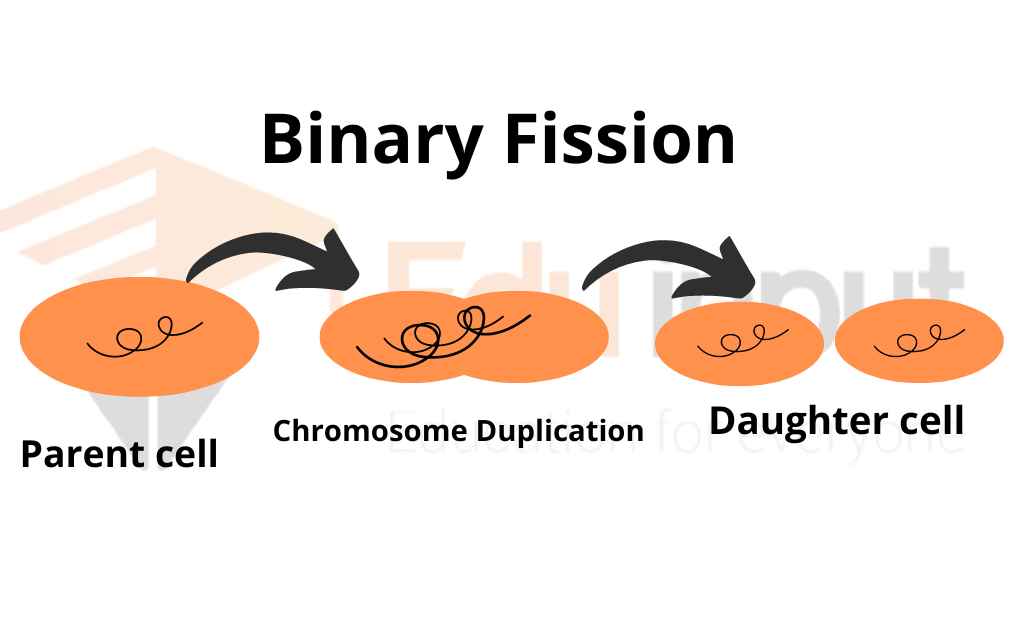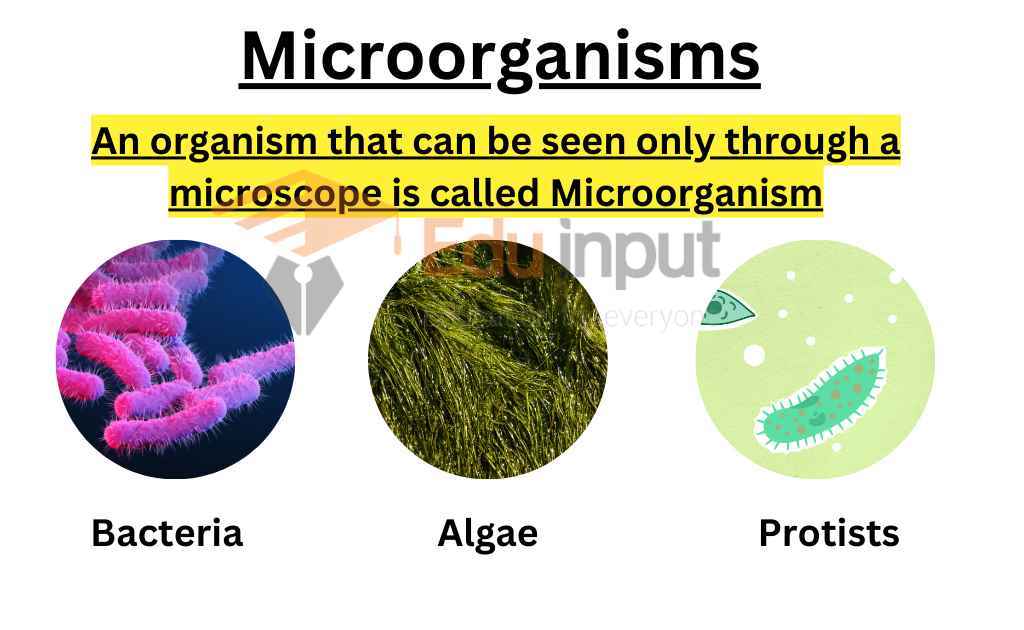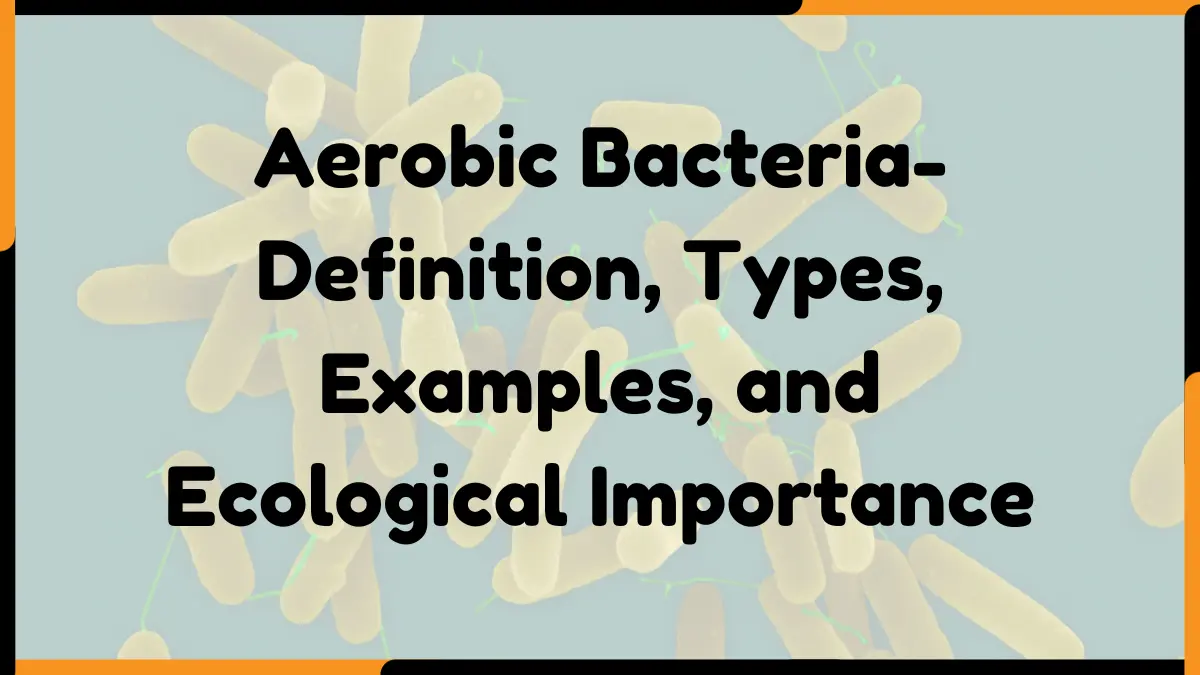Classification Of Bacteria-Definition and Examples
Bacteria are single-celled organisms that exist naturally in soil, water, plants, animals, and humans. They may be pathogenic or non-pathogenic. They perform primary functions in an ecosystem.
Classification Of Bacteria
There are the following groups of bacteria
1. Archeobacteria:
They are the most primitive organism on earth. their cell walls lack peptidoglycan. They live in the deep sediments of oceans.
Example: methanogenic bacteria
2. Actinomycetes:
Actinomycetes are a type of microorganism that is known for forming colonies of branching hyphae. These hyphae are tubular filaments that resemble those often seen in fungi. When it comes to reproduction, actinomycetes reproduce by fragmentation of the end of hyphae into spores. The majority of actinomycetes live in the organic litter that is found in soil.
Example: Mycobacterium.
3. Chemoautotrophic bacteria:
They obtain energy from oxidizing inorganic substances like NH3. NO, and H₂S. These bacteria are obligate aerobes. Thus they are common in aerated soil.
Example: Nitrobacter
4. Cyanobacteria:
They are photoautotrophs with plant-like photosynthesis. They have chlorophyll a and two photosystems. Other accessory pigments are called phycobilins. They are typical blue-to-grayish-brown color. Cell walls are thick and gelatinous. Flagella absent.
Example: Anabaena, Nostoc, Oscillatoria
5. Endospore-forming bacteria:
They are gram-positive bacteria. They have flagellated rods. They produce endospores. They are both obligate anaerobes and aerobes.
Example: Bacillus, Clostridium
6. Enteric bacteria:
These bacteria are gram-negative and facultative anaerobes, meaning they can live without oxygen. They breathe using NO as the electron donor, and they’re commonly found in the intestinal tracts of animals.
Example: Escherichia coli
7. Mycoplasma:
They are the smallest bacteria. They lack cell walls. They grow extracellularly. They are saprobes and animal pathogens.
Example: Mycoplasma
8. Myxobacteria:
Soil-dwelling microorganisms called chemoheterotrophs are the basis for this lifeform. These cells move by gliding, and during the dry season, they form a fruiting body from which spores are released. These spores then grow into new colonies.
Example: Myxococcus
9. Nitrogen Fixing Aerobic Bacteria:
Rhizobium is a genus of bacteria that lives in root nodules on leguminous plants. It fixes atmospheric nitrogen.
Example: Azotobacter, Rhizobium.
10. Phototropic Anaerobic Bacteria:
Photoautotrophs are a type of organism that get their energy from light. Unlike plants, they have different photosynthetic equipment. Instead of using H2O as an electron source like plants do, they use H2S. Photoautotrophs can live without oxygen. They are found in the pond, lake, and ocean sediments. There are different groups of photoautotrophs, like bacteria and green sulfur bacteria.
Example: Chromatium
11. Pseudomonads:
They are present in nearly all aquatic and soil habitats. Their cells are rod-shaped with a gram-negative cell wall. At one end, they have a flagellum, which they use to move around. They are chemoheterotrophs, meaning they rely on organic molecules for food.
Example: Pseudomonas
12. Rickettsias and Chiamydias:
Rickettsias are obligate intracellular parasites of animals. They have reduced gram-negative cell walls and cause different diseases. For example, Rickettsia Chlamydia causes a disease that alternates between arthropod and mammal hosts.
13. Spirochetes:
Helical cells are a type of cell that sometimes becomes very long. It shows corkscrew movement and is free-living saprobes and parasites.
Example: Borrelia







Leave a Reply